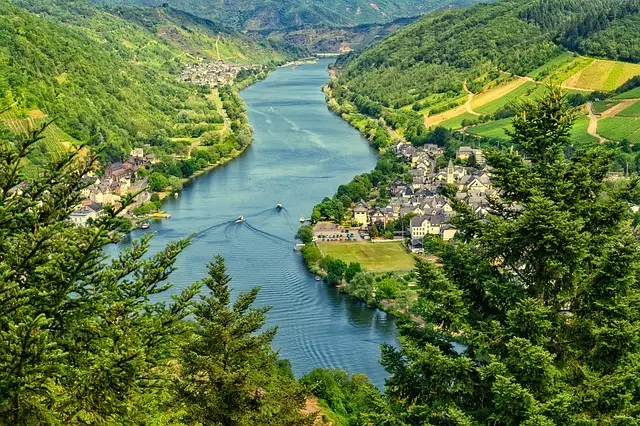Rivers are the lifeblood of ecosystems, economies, and communities worldwide. They provide drinking water, support agriculture, sustain biodiversity, and drive industrial growth. However, many of the world’s most critical rivers are under severe threat from pollution, over-extraction, climate change, and poor governance. A deepening water crisis is unfolding across four continents: Asia, Africa, North America, and South America, putting millions of lives and ecosystems at risk.
1. Asia: The Dying Giants
Asia’s great rivers, including the Ganges, Yangtze, and Mekong, are under unprecedented stress.
- The Ganges (India & Bangladesh): Sacred yet severely polluted, the Ganges suffers from industrial waste, sewage, and religious offerings. Despite cleanup efforts, millions still face waterborne diseases.
- The Yangtze (China): Over-dammed and polluted by industrial runoff, the Yangtze’s fish populations have collapsed, threatening food security.
- The Mekong (Southeast Asia): Upstream dams, particularly in China, disrupt water flow, affecting fisheries that feed 60 million people.
Climate Impact: Melting Himalayan glaciers and erratic monsoons worsen scarcity, with droughts and floods becoming more extreme.
2. Africa: The Shrinking Lifelines
Africa’s rivers, such as the Nile and Niger, are dwindling due to rising demand and climate shifts.
- The Nile (Egypt, Sudan, Ethiopia): The Grand Ethiopian Renaissance Dam has sparked tensions over water rights, with downstream nations fearing shortages.
- The Niger River (West Africa): Pollution from oil spills and overuse for irrigation threaten this vital water source for 100 million people.
Drought & Conflict: Prolonged droughts in the Sahel and Horn of Africa exacerbate food insecurity, displacing millions and fueling regional conflicts.
3. North America: Overused and Mismanaged
Even wealthy nations face river crises, with the Colorado and Rio Grande at breaking point.
- The Colorado River (USA & Mexico): Over-allocated for agriculture and cities, the Colorado rarely reaches its delta, leaving ecosystems parched.
- The Rio Grande (USA-Mexico border): Chronic overuse and prolonged droughts have left stretches completely dry, endangering farming communities.
Depleting Reservoirs: Lakes Mead and Powell, critical reservoirs on the Colorado, have hit record lows, forcing water rationing in Southwestern states.
4. South America: Deforestation and Pollution
The Amazon and Paraná rivers face threats from deforestation and industrial exploitation.
- The Amazon (Brazil, Peru, Colombia): Illegal gold mining contaminates water with mercury, while deforestation reduces rainfall, disrupting the river’s flow.
- The Paraná River (Argentina, Paraguay, Brazil): Droughts linked to climate change have lowered water levels, disrupting shipping and hydropower.
Ecological Collapse: The loss of wetlands and biodiversity in South America’s rivers threatens global climate regulation.
The Path Forward: Solutions for Sustainable Rivers
To avert a full-blown water catastrophe, urgent action is needed:
- Better Governance: Transboundary agreements must ensure fair water sharing.
- Pollution Control: Stricter regulations on industrial and agricultural runoff.
- Climate Adaptation: Investment in water conservation, drought-resistant crops, and sustainable dam management.
- Community Involvement: Indigenous and local knowledge must guide river restoration efforts.
Conclusion
Rivers are not just water channels, they are ecosystems, cultural symbols, and economic foundations. The crisis facing the world’s rivers is a crisis for humanity itself. Without immediate intervention, water scarcity will escalate conflicts, devastate food supplies, and accelerate ecological collapse. The time to act is now.
Will we save our rivers, or watch them run dry?
















